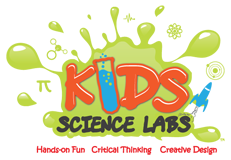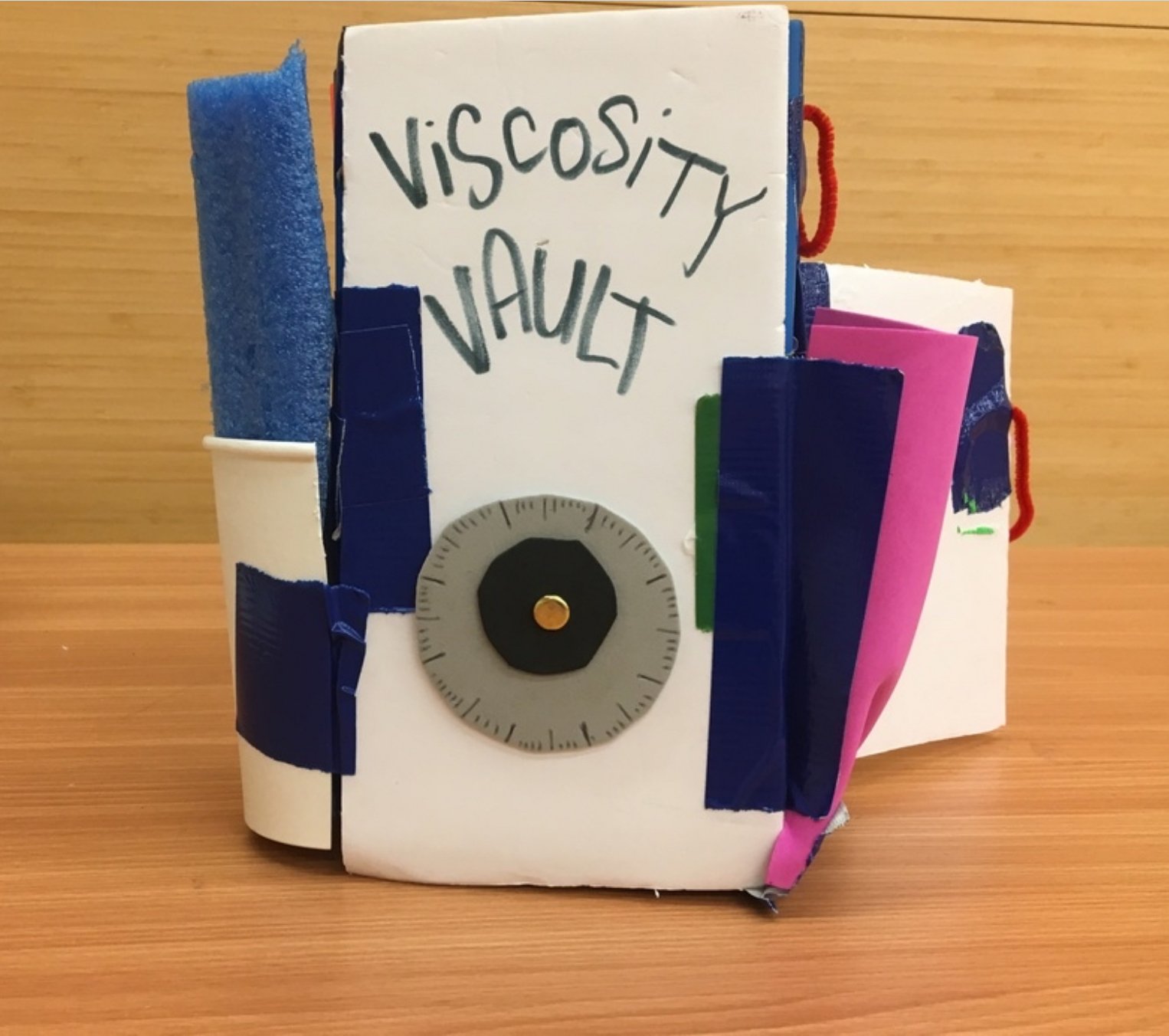Athletes push their bodies, move a lot, and impacts, fractures, and over extensions of joints may occur. Injuries are a part of life and even more expected for athletes who spend so much time moving, practicing, and playing games. We want kids to enable kids to explore How Stuff Works with regard to games, and since most games involve some form of lever (arm, leg, stick, racquet) and some form of projectile (ball, dart), we are using hands-on science to better understand sports medicine and both minor and major injuries.
To build community today around the impact of sports injuries and how medicine works to prevent and repair the challenges of competing, we:
listened to kids share their personal “sports injury” stories, so we could also see that all of us get scrapes and bruises, and a smaller group of is may get more serious injuries that require a split, cast, or at least receiving urgent care from our parents or a medical professional.
Evaluated x-rays of healthy bones and some images of minor fractures, or breaks, as we discussed how doctors treat our injuries
Explored why ice packs help, and designed some innovative tools to aid our knowledge of how to prevent more serious injuries
To build additional confidence with How Sports Medicine Works, we encourage you to watch this How It’s Made video all about the science of bandaids.
Please don’t forget your INNOVATION BOX, which is customized by your child every Wednesday at Kids Science Labs, to enable at home science and create new neuroscience pathways that increase the fun and build real confidence with hands-on science. ….
As members, please also take advantage of our KSL Rewards Program that offers benefits to our entire community. Call us at (773-798-2012 or email support@kidssciencelabs.com) and mention “KSL Blog”
20% off any new program registration (parties, camps, group events, field trips) after this camp
Free access to KSL Academy Programs for gifted and enthusiastic young scientists
Social media raffle for members to win birthday party giveaways at Kids Science Labs
Exclusive members-only Youtube content that powers kids to outperform in STEM long-term and on NGSS tests in 3rd, 5th, and 7th grade!





































